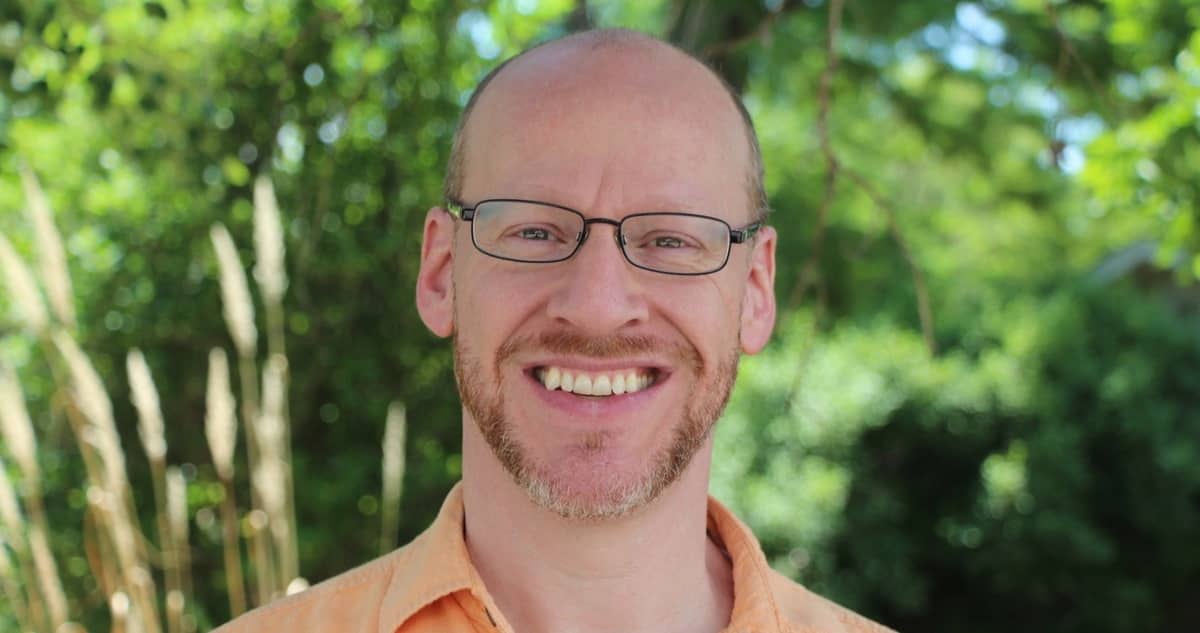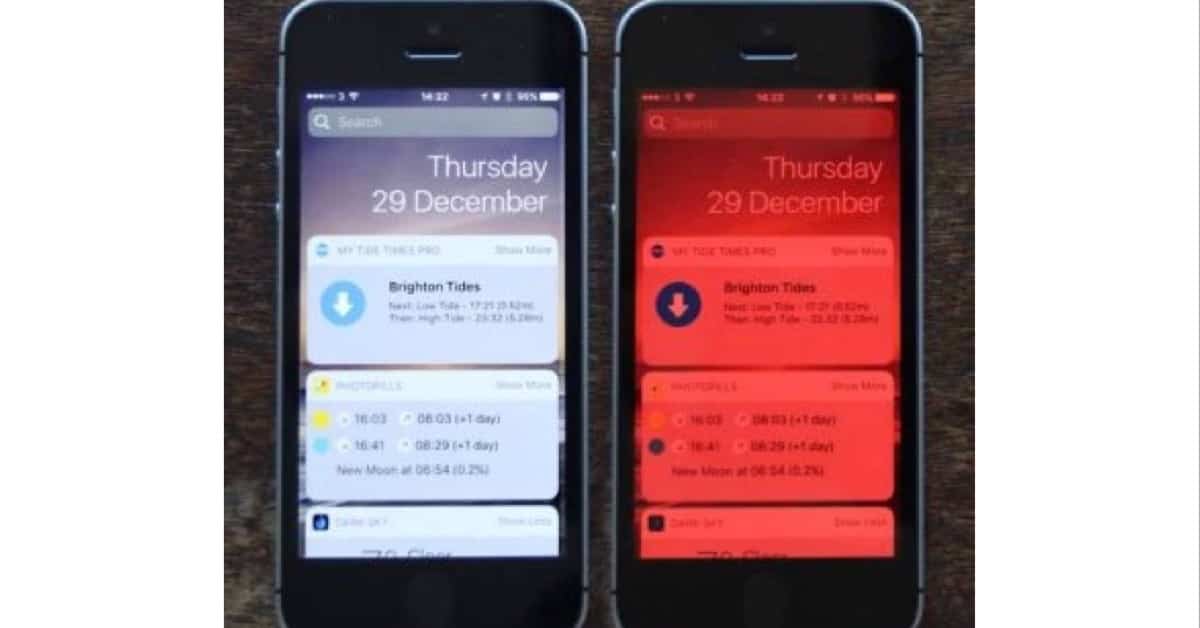Dr. Phil Plait is an astronomer and a very popular science communicator. His blog, Bad Astronomy, “covers the entire universe, from subatomic particles to the Big Bang itself, astronomy, space exploration, and the effect of politics on science.” Like many young astronomers, Phil’s interest in astronomy ignited when he first saw Saturn and its rings through a telescope. He earned his Ph.D. working on the study of supernovae with the Hubble Space Telescope. We chatted about his career, his enduring work in amateur astronomy with his telescope, his love for science communication, why people who don’t believe in the Apollo moon landings are wrong, the study of a potentially dangerous asteroid or comet collision with Earth, how climate change is affecting us, and the recent discovery of a nearby solar system with Earth-like planets.
astronomy
Need to Preserve Night Dark Adaption with iPhone? Here's How
Paul Hayes at Sky & Telescope has written a great tip about how to use the iPhone’s accessibility features to turn the iPhone’s entire display a specific color profile. For example, if you need to shade the iPhone’s entire display permanently reddish in order to preserve night-time dark adaption, you can do that. This technique would be particularly handy for amateur astronomers. While some astronomy apps have this feature, this tip applies to the iPhone’s display across the board. The tip is beautifully described, including an explanation of accessibility shortcuts, and also invites exploration for those who have certain kinds of color blindness. Check it out.

